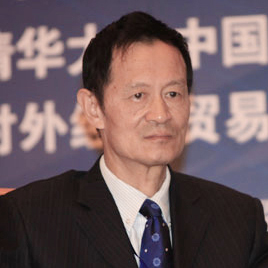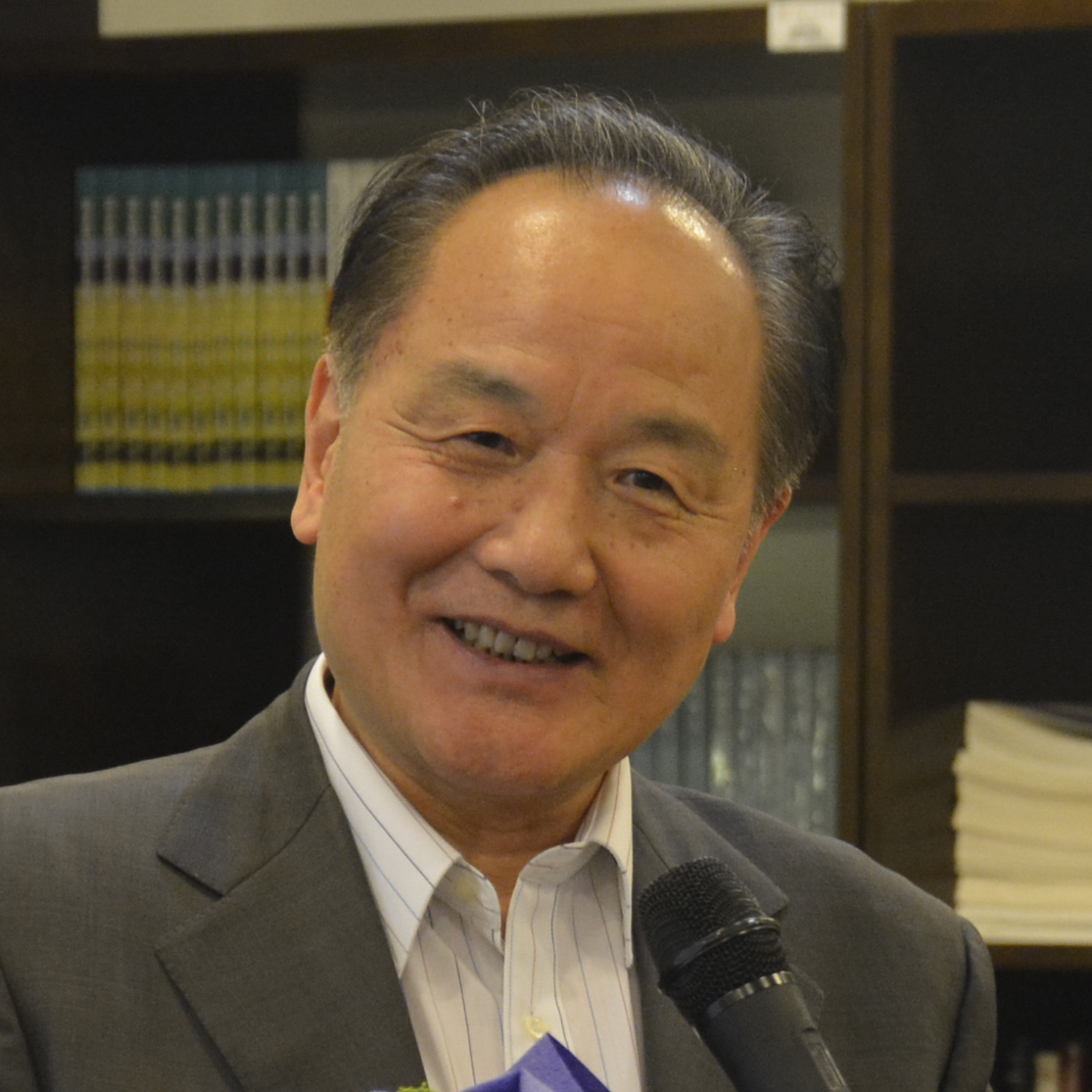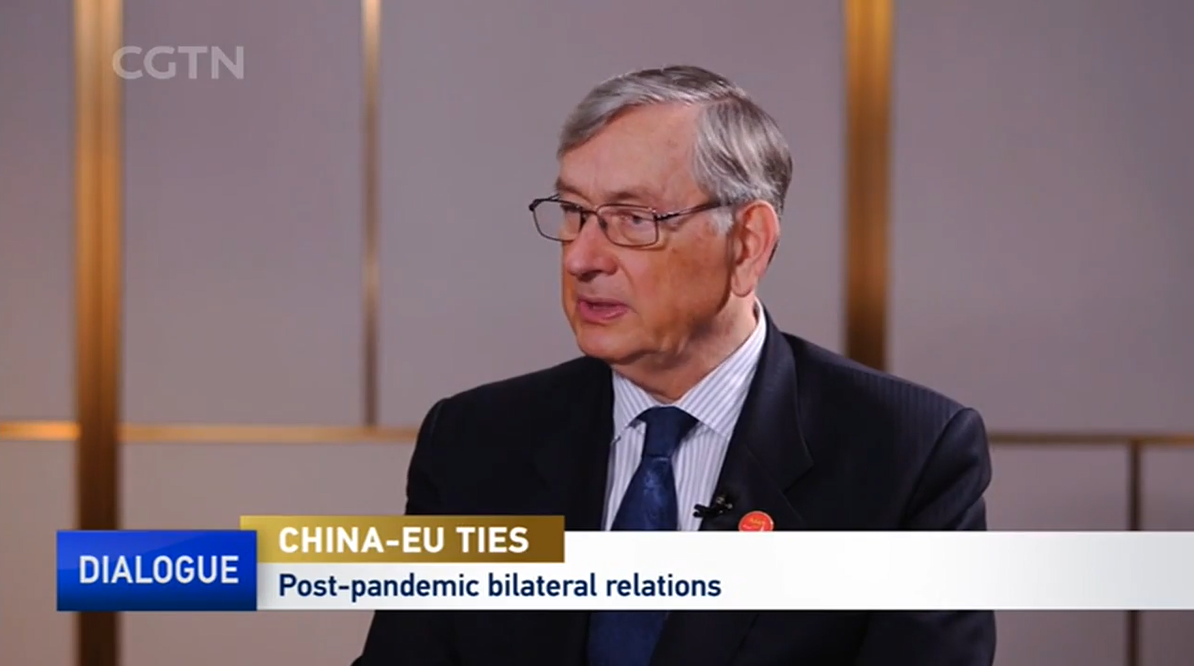Commentaries
Your Present Location: Teacher_Home> He Weiwen> CommentariesUS protectionism is a deterrent to free trade
By He Weiwen Source: Global Times Published: 2016-8-18
A recent Global Trade Alert report released by the London-based Centre for Economic Policy Research suggested that trade protectionism across the globe has been rising since the financial crisis. The report identified more than 600 measures by the US that discriminated against foreign firms between November 2008 and May 2016, the most protectionist measures taken among the G20 members. That means roughly every four and a half days during this period the US introduced a new trade protectionism measure.
The protectionism measures imposed by the US take a variety of names, while the practices wholly ignore the rules of the World Trade Organization (WTO). For example, the US Department of Commerce (DOC) slapped final import duties of up to 522 percent - an anti-dumping duty of 266 percent and an anti-subsidy duty of 256 percent - on Chinese cold-rolled flat steel this May. Under WTO rules, imposing anti-dumping duties and anti-subsidy duties simultaneously on the same product from a non-market economy poses a serious risk of double counting of penalties, which is inconsistent with the US` WTO obligations. Since the US does not recognize China as a market economy, it is unacceptable to apply both duties concurrently on a single product without ensuring the extra duties do not amount to double counting.
The US has often labeled itself as a defender of free trade and constantly attacked other countries, especially China, of distorting trade. But this accusation is wrongly placed and should be directed at itself. Back in 2002, the Bush administration imposed extra duties on steel imports at the request of American steel firms. Major steel exporting countries lodged a complaint against the US with the WTO which ruled against the US. The US authorities later removed the extra duties. Although some American steel makers temporarily turned losses into profits during the time when the extra levies were in effect, the protectionism practice made the competitiveness of American steel products worse, to the extent that the US has to resort to blunt protectionism measures against imports.
According a recent report by the WTO, growth of world trade is expected to remain weak at 2.8 percent in 2016, making it the fifth consecutive year of trade growth below 3 percent. The report also warned against creeping protectionism which may strangle the already weak recovery of the world economy. However, it seems the US does not care about the situation. Republican presidential nominee Donald Trump went so far as to even threaten to levy tariffs at 45 percent against imports from China and drag the two countries into a trade war. He believes that China has gained unfair advantages in trade since it joined the WTO and has caused a lot of Americans to lose jobs. However, according to statistics from the DOC, US imports from China grew at an accumulative rate of 383 percent between 2000 and 2015 while its exports to China surged 614.2 percent during the same period. It is easy to conclude which country benefited the most.
The threat of imposing a 45 percent tariff on Chinese products is unlikely to materialize, even if Trump is elected. The possibility of getting the proposal passed in Congress is almost zero. Even if it is passed and put into effect, China has every means to respond with higher tariff levies on American products. Rather, a lesson should be learned from the notorious Smoot-Hawley Tariff Act passed in 1930, which allowed the US to raise tariffs substantially on 890 various imported products. The move was strongly opposed by trade partners including Canada, Britain, France and Germany. Consequently, US imports shrunk 66 percent between 1929 and 1933, exports were down 69 percent and its GDP fell by 50 percent. Total global trade plunged by 66 percent and further aggravated the Great Depression. Does the US want to experience this all over again?
President Barack Obama has claimed that the US, not China, should write the trade rules. With mounting protectionism, the rules the US would propose to make would do nothing but favor the US at the cost of other economies. No such rules exist in the world, but if the US insists, its capacity to participating in making trade rules would be questioned by the rest of the world.
We cannot afford to make a similar mistake as in the Great Depression during the 1930s. With the upcoming G20 summit in Hangzhou, the US and China, the two biggest economies in the world, should work together against trade protectionism and make their due contributions to the growth of world trade and economy as well as the sustainable growth of their own.
The author is a senior fellow of Chongyang Institute for Financial Studies at Renmin University of China.
Key Words: protectionism; trade; US

















































































 京公网安备 11010802037854号
京公网安备 11010802037854号





